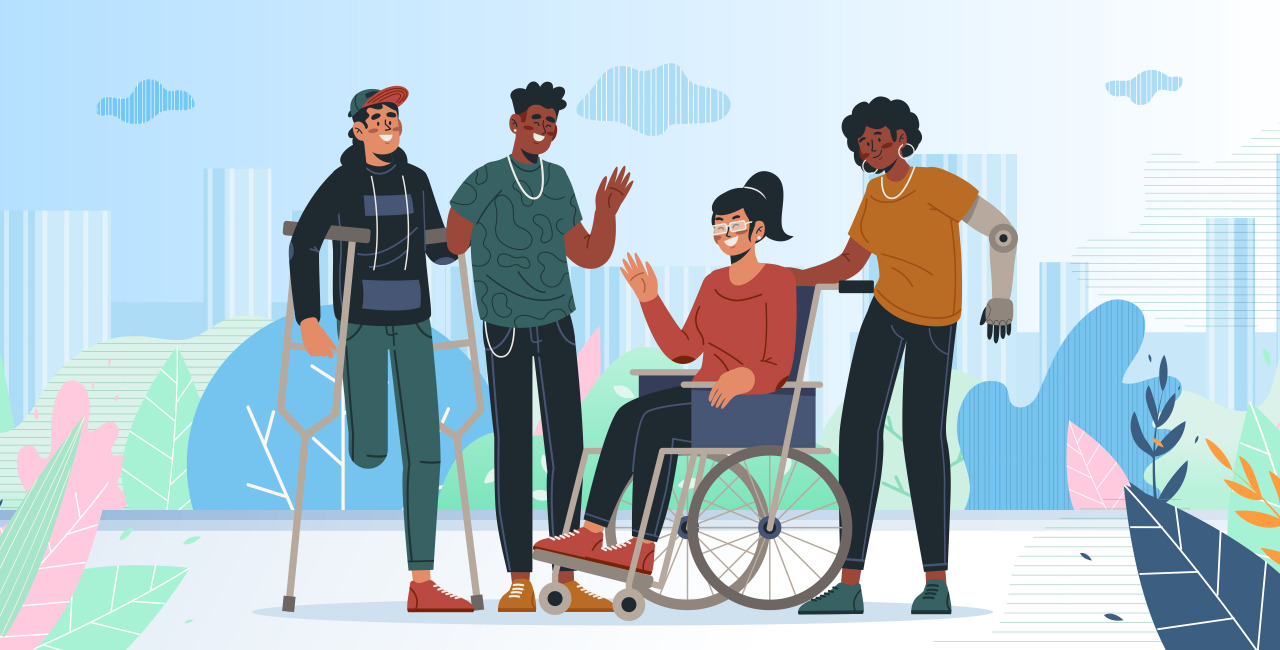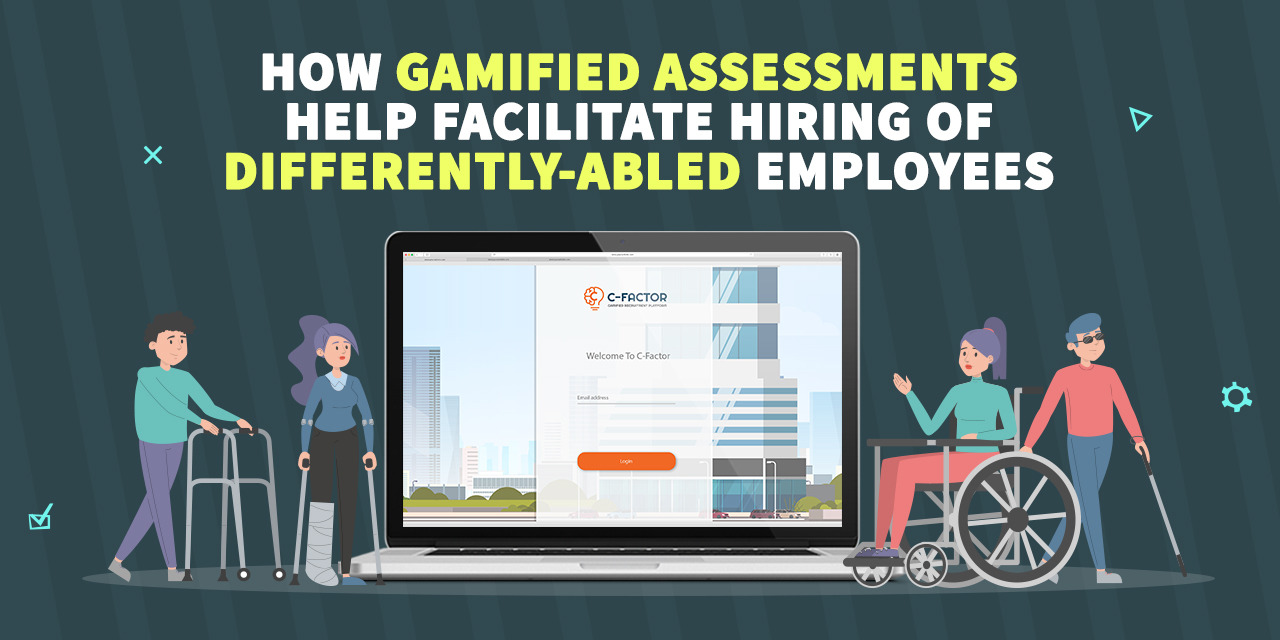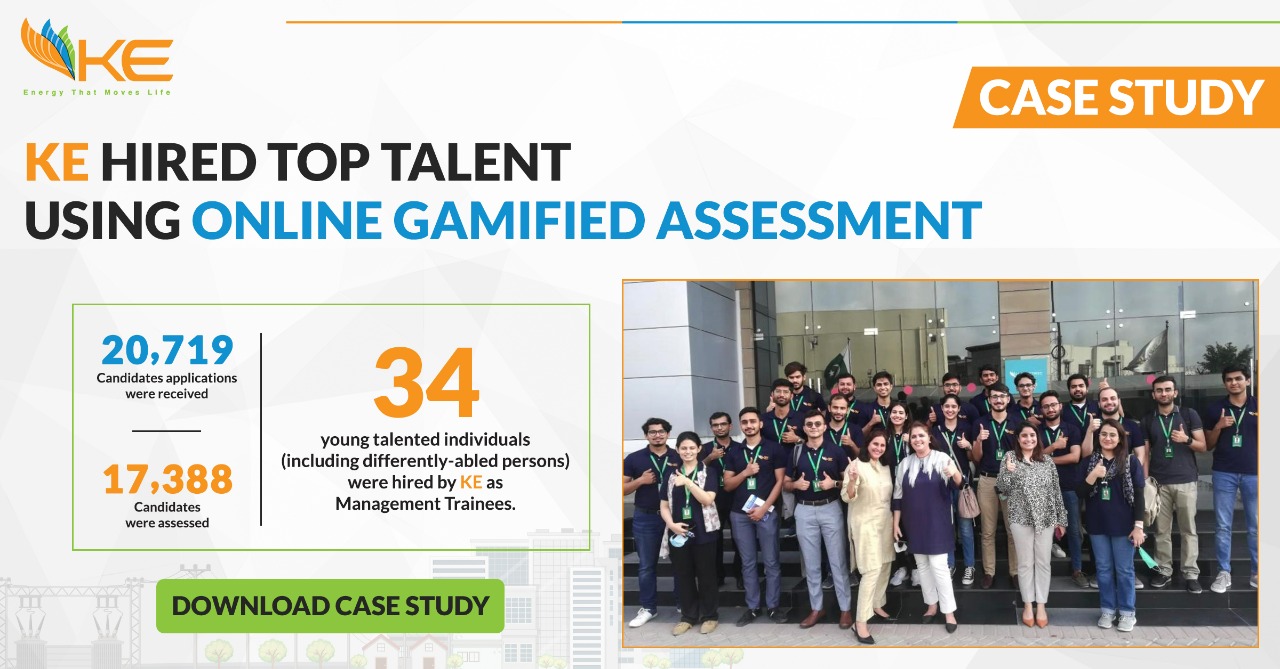Having a well-thought-out and inclusive strategy in place is imperative to building an unrivalled candidate experience and capturing top-caliber talent while eliminating bias against differently-abled employees.
Breaking Barriers: Fixing Bias Against Differently-Abled Employees
While we may believe that we are fair and equitable, the fact that people with disabilities find it difficult to enter the workforce cannot be disregarded. In fact, a study released by University of St. Thomas Opus College of Business and local nonprofit manufacturing company MDI backs up this fact.
We all know that implicit biases don’t spring up out of the blue. Biases are compounded by media, upbringing and cultural stereotypes presented by the people around us. Unfortunately, a large section of the society shuns differently-abled individuals, stymieing their potential and career growth.

The Way Forward to Fix the Bias Against Differently-Abled Employees
“Companies that champion disability inclusion significantly outperform their peers across key financial indices including revenue, net income, profit margins and shareholder returns,
”TED KENNEDY
Jr. Disability rights attorney and Board Chair, the American Association of People with Disabilities.
Organizations can use a plethora of ways to create a friendlier workplace for differently-abled people i.e. by adopting policies and practices to make workplace more accessible. Companies can restructure jobs to suit the person with a disability, make sure facilities are infrastructurally easily accessible and any modified equipment required is available. In addition to that, offering a flexible work schedule and ergonomic workstations can pave the way for a more diverse and inclusive workplace.
Speaking of building a diverse and inclusive workforce, the first thing to pop into my head is unconscious bias. Now unconscious bias isn’t something that can be eradicated overnight by passing a mandate. Steps must be taken to combat implicit bias on the part of recruiters and hiring managers to reduce inequalities for people with disabilities.
A survey of Fortune 500 companies revealed that people with greater exposure to differently-abled people tend to have a more positive attitude towards them. For instance, respondents that worked for organizations employing people with disabilities believed that disability wasn’t associated with higher absenteeism or lower career advancement. Interestingly, respondents also recommended their employers to adopt working from home and buddy systems to help people with disabilities.
Using Gamified Assessments to Hire Differently-Abled Employees
Artificial intelligence (AI) has a positive impact on reducing hiring bias and building a more diverse candidate pipeline. This technology can be employed to invite people to apply for a job, notify them of new opportunities, and engage with them in brief conversations.
AI-driven tools used for pre-screening, such as gamified assessments, not only speed up your hiring process, they also argument your diversity recruitment efforts, increasing gender, racial and ethnic diversity – and ultimately physical diversity.
The usual criteria for candidate screening such as their educational qualification, personal connection, or their prior company often decreases the diversity of the candidate pipeline.
However, AI-powered gamified assessments provide a level playing field, giving all candidates an equal opportunity to land their dream job regardless of their physical disability.
These games eliminate implicit bias by following a data-driven approach, capturing thousands of data points to accurately measure your true abilities, so all individuals have a fair chance at winning.
Gamified assessments also help to build a more attractive employer brand, which is essentially an organization’s reputation as an employer.
Needless to say, an employer brand that demonstrates organizational values, showcases diversity and encourages participation works like a strong magnet that helps attract diverse candidates, making them feel welcomed and accepted.
The Talent Games is among the assessment providers using machine intelligence and deep learning to capture and analyze such data points. The company eradicates bias using gamified assessments, facilitating the hiring of a more inclusive workforce.

